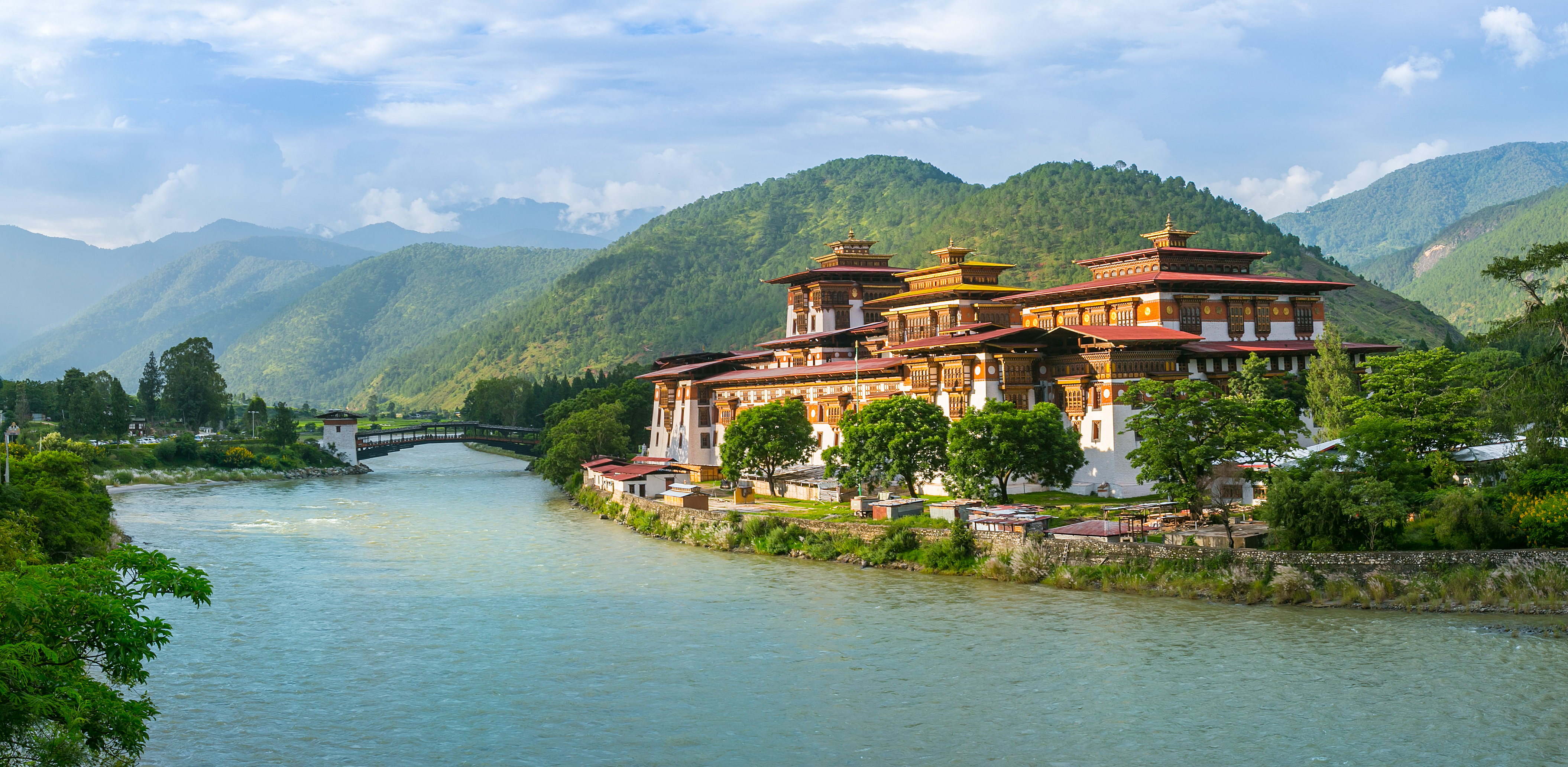Discover the Land of the Thunder Dragon with a breathtaking trip to enchanting Bhutan.
Bhutan is a popular destination for cultural immersion and outdoor adventures, including rafting, trekking, kayaking, mountain biking, rock climbing, archery, wildlife safari, and bird watching. The Tiger's Nest Monastery is one of Bhutan's most recognizable spots, and a trek here takes 4-5 hours on average. Hiking is the only way to get to the monastery; if you cannot hike the entire way there, you can hire a horse to take you.
Jigme Dorji National Park is a top travel destination in Asia for wildlife. It is home to wildlife and cultural sites. Over 6,000 people live in the park and engage in agriculture and animal husbandry. The park has 37 known species of animals, including endangered species such as snow leopard, spotted leopard, Bengal tiger, red panda, and Himalayan blue sheep, to name some. It is also inhabited by barking deer, sambar, goral, marmot, and over 300 species of birds.
Bhutan scores high on relaxation and wellness, thanks to its natural hot springs. Gasa Tshachu is the most popular of them, a tranquil sanctuary surrounded by marvellous scenery of snowcapped mountains and forests.
The capital city Thimpu is culturally rich and offers beautiful vistas of emerald forests and the Wang Chu River winding into India. The top attractions include Clock Tower Square, Buddha Dordenma, Memorial Chorten, and historic monasteries such as Tango, Dechen Phodrang, and Cheri.
Population
788,423Languages
DzongkhaCurrency
Bhutanese Ngultrum (BTN)Capital
ThimphuVacations, Tours, & Travel Packages
Travel, Your Way!
Don't see the perfect option? Request a custom quote.
Turn your travel dreams into a reality with Goway. Our customized vacations take travellers to all corners of the world and showcase our incredible planet.

Places To Go
Handcrafted journeys to our most popular places to visit in Bhutan
Himalayan Wonder
Bhutan is a beautiful kingdom that has kept its culture intact and environment pristine. It is one of the most scenic places for hiking and trekking, an important center for Buddhism, and the happiest place in the world.










